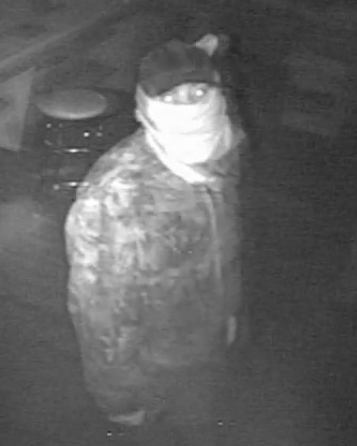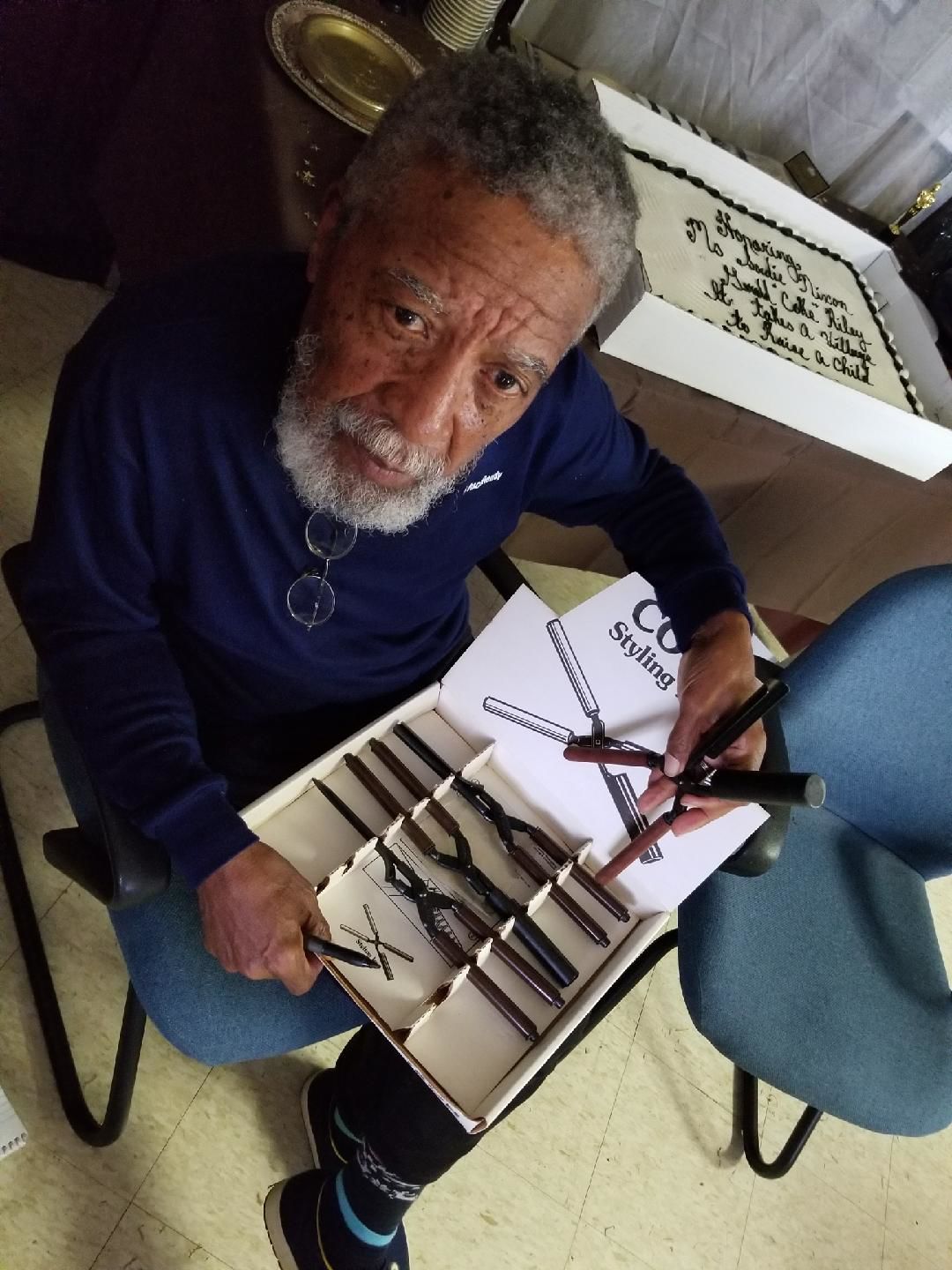
TGMC announces Hall of Fame Class for 2018
February 15, 2018
Detectives investigating burglary at Cut Off lumber company
February 15, 2018With roots firmly planted, a new museum celebrated a special anniversary last week.
The Finding Our Roots African American Museum in Houma has now entered its second year of existence.
“The great thing about it is that we’ve gone out to the community and it embraced us,” said Alvin Tillman, museum vice president. “As a museum, in a short period of time we’ve come a long way.”
The Terrebonne Parish Consolidated Government has donated $30,000 to keep the museum moving, and local businesses have assisted as well.
A Saturday open house marking the first anniversary included two notable guests who were born in Houma.
“I wouldn’t miss this for the world,” said 96-year-old Pearl Nixon.
Seated next to a celebratory cake, she slowly sifted through her memories as she recounted her life story.
Raised on a plantation for 14 years, she moved to New Orleans where she dropped out of school and went to work cleaning houses and doing janitorial work. She married in 1938, to her first husband.
In 1939 they separated, and she moved back to Houma, where she met her second husband.
She said the city has vastly changed from that time.
“Oh, everything is so different,” Pearl said. “I couldn’t begin to tell you the difference.”
Together with her second husband they “shacked up,” as she called it, and over nineteen years they had six children before marriage. He died in 2002 and Pearl has lived in the same house ever since.
The other special guest was Gerald “Coke” Riley, whose nickname was related to Coca-Cola bottles being used as milk bottles by families when he was an infant. Coke signed Coca-Cola bottles for museum guests during his museum visit.
As a child, he said, he swept floors and shined shoes for nickels and dimes, at a barber shop on Main Street in Houma. He said that as a boy it surprised him that Caucasian women cut their hair because, at that time, long Caucasian hair was highly regarded.
Coke was inspired to learn the hair-cutting trade and said that he worked hard to change perceptions that African American hair was inferior, throughout his life.
What Coke did regard as inferior were the curling irons in use at the time.
“Items we were working with were not satisfactory to me,” he said.
So he modified them to fit his needs.
“You’d get hot spots (speaking of traditional curling irons of the time). These are hollow but enclosed,” he said, presenting his personally customized curling irons. “These don’t have hot spots, so they don’t damage the hair.”
He explained how electricity was scarce in some areas, but people could heat his irons over a flame and, because the lack of hot spots, could easily manipulate hair.
Riley’s success in the barber shop led to a career in the movie and television industry, landing him hairdressing work in films and television shows including Baywatch, Amistad, and Purgatory. Among the celebrities whose hair he styled or touched up were Cedric the Entertainer, Steve Harvey, and Kelsey Grammer.
He donated a cardboard display with four of his personally designed irons, titled “CoCo Styling Irons” to the museum, and pointed out that each still had inscribed on them, “patent pending” in the metal. They were never fully patented, he said.
“These irons are like buggy-whips,” Coke said, “They’re going out of style. Technology is changing.”
Margie Scoby, the president of the museum, said the museum plans to partner alongside surrounding plantations and provide guided trips to the locations.
“Our history is intertwined,” said Tillman. “As a museum we are trying to educate the community.”
The museum, Tillman said, is constantly growing by preserving the present in preparation of the future.
Tillman handed his card out to people, always seeking to add more photos to the walls.
“We preserve them now so future generations do not have troubles finding them,” he said pointing at a photo of a doctor, “Fifty years from now he’ll be around a hundred.”
The museum is housed in a historic landmark called The Academy, one of the two built by the Louisiana Southern Baptist Association of the Fifth District. It played a significant role in the education of black people of Terrebonne Parish, established in 1891 and built in 1893.
Tillman described it as “a museum within itself.”
The museum, at 918 Roussell Street, is open from 10 a.m. to 3 p.m. Mon. through Sat. For information call (985) 855-9202











